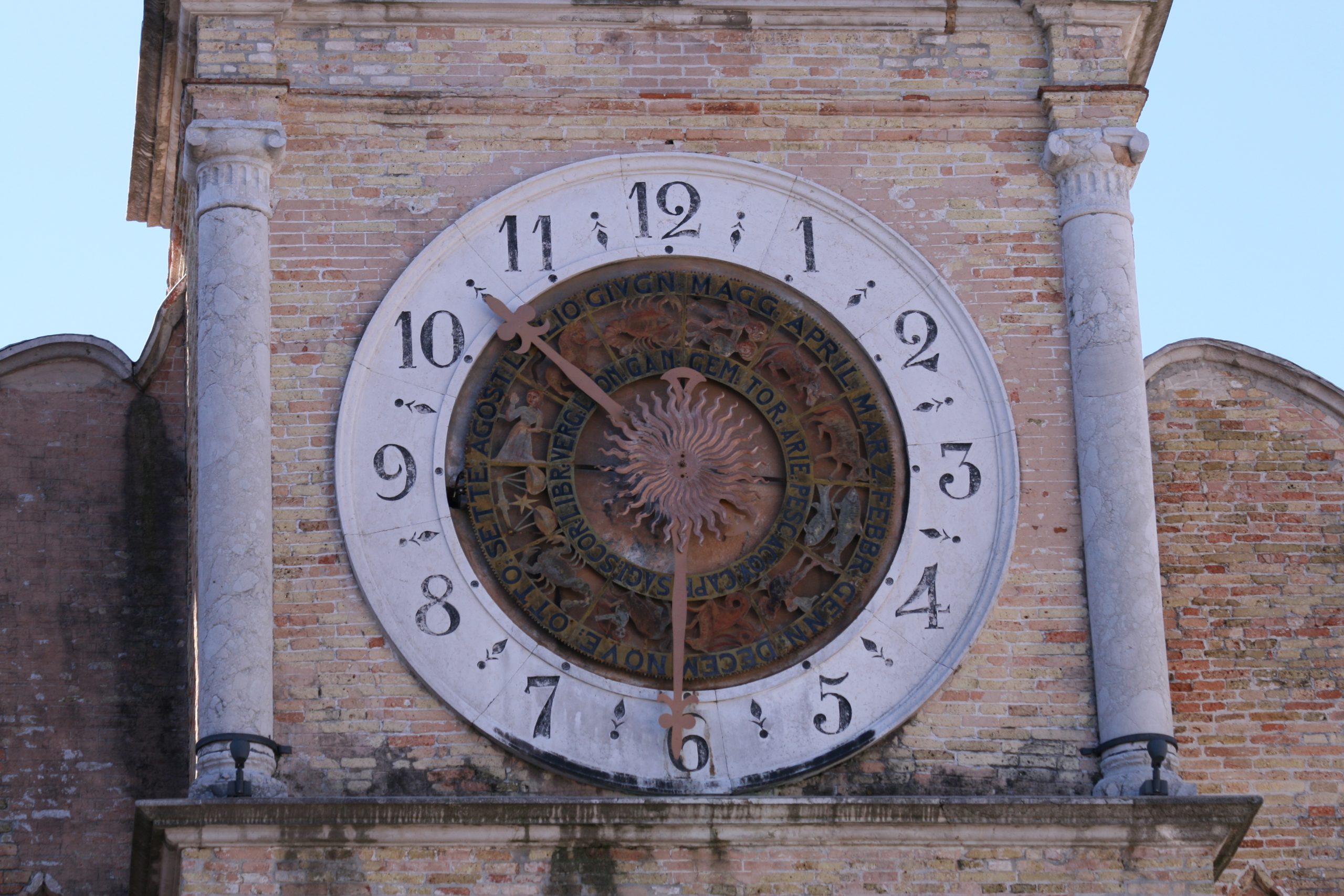
Feeling thoroughly refreshed after a couple of days in Maribor, Bridget and I set-off for Sesta al Reghena, some 20 miles West-Nor’-West of Trieste and 15 miles West-Sou’-West of Udine. I am not sure how to pronounce the latter, so I asked a cockney “Wasn’t he that geezer with chains, a sack and a tank of water?” It occurred to me after, what a shame it is that there wasn’t a prison camp there during World War II, then hundreds of Brits could tunnel their way out and we could make a film entitled “Escape from Udine”
The drive was event free and the scenery was back to what I enjoy so much, lots of open space with some serious mountains in the distance. Much of the urban housing across Slovenia is similar to the chalet styles you would see in the French Alps areas, Austria and, I imagine, Switzerland. The latter is one European country I have not been to, other than a brief trip to Geneva; perhaps I should just give Bridget a little ‘right- hand down a bit’ and correct that oversight.
I chose to stop at Sesta al Reghena for no other reason than, from what I could make out, it is a small comune, or village, with just a hotel and a couple of restaurants. So I have no idea of its history, why it exists, or the people that live here. I have already discovered that the hotel staff speak Italian or a little German, but not English, so this really should be fun.
I have received one or two comments recently saying I haven’t mentioned much about Bridget, but there really isn’t much to report. Short of taking a mallet to her air filters there is nothing really wrong with her (that’s probably torn it!) We have covered over 6,000 miles (9,600km) and passed through 16 countries (including Italy, excluding the UK).
I love just about everything in Italy, except their television which, after France, has to be amongst the worst in the world. Anyway, Sesta al Reghena is, as I suspected, a small sleepy commune dating back to Roman times. The small Benedictine Abbey of San Maria in Sylvis was built here around the seventh century and very little else has happened. There is a very good hotel/restaurant which was most unexpected, but welcome.
Some 15 kilometres up the road is the historic town of Pordenone. The town planners here have managed to mix old and new together quite successfully without spoiling either. The Fiume Noncello has some of the cleanest looking water I have seen in any Italian river, also some largish fish. As with any good Italian town there are plenty of restaurants, cafes and bars. The town hall has an interesting ‘astronomical lunar clock’. I’m sure they mean relating to astronomy, not enormous. I’m afraid I’ve no idea of the date it was manufactured. The other mystery in Pordenone is the walls of the buildings originally were covered in fresco’s, not uncommon in the middle ages, but they included many of coats of arms. There are no records for these coats of arms and no known explanation for so many.
Ah well, back to the vino, then….
Hello Roy – was thinking of you today – how is the cab working? Can you open and close it easily? I remember we had some difficulties closing it. Take care! Regards from Ola
Hi Ola, soft top is fine and down most of the time. That’s because I can’t put it up!! Joking, it’s good, thanks. Happy motoring